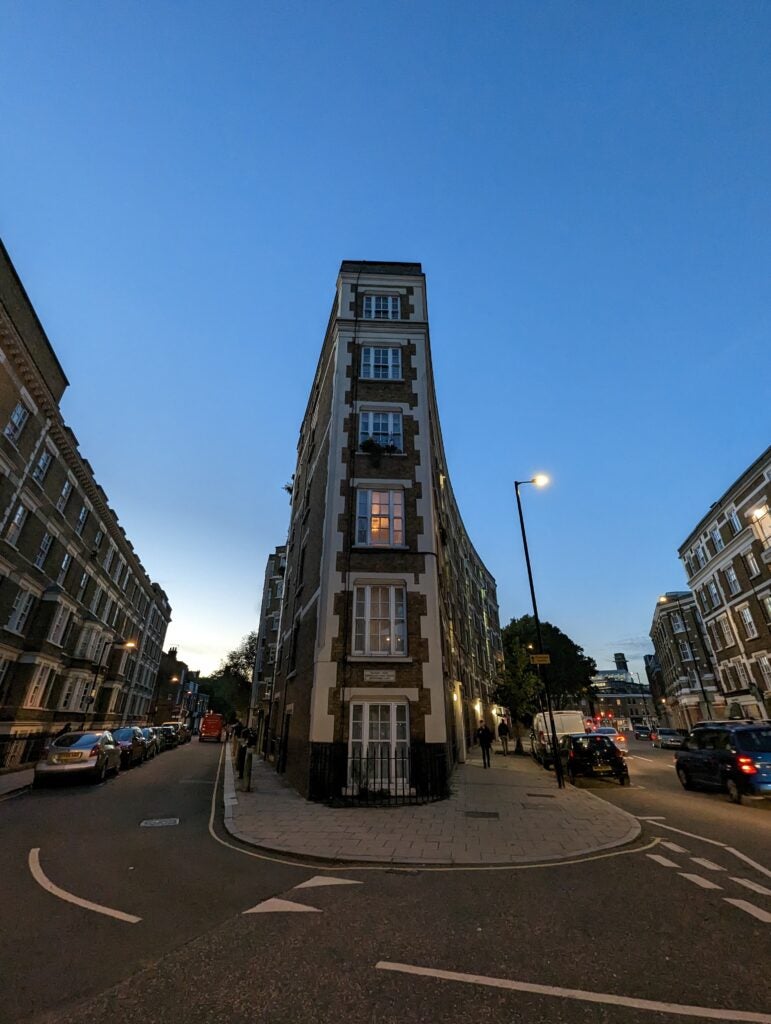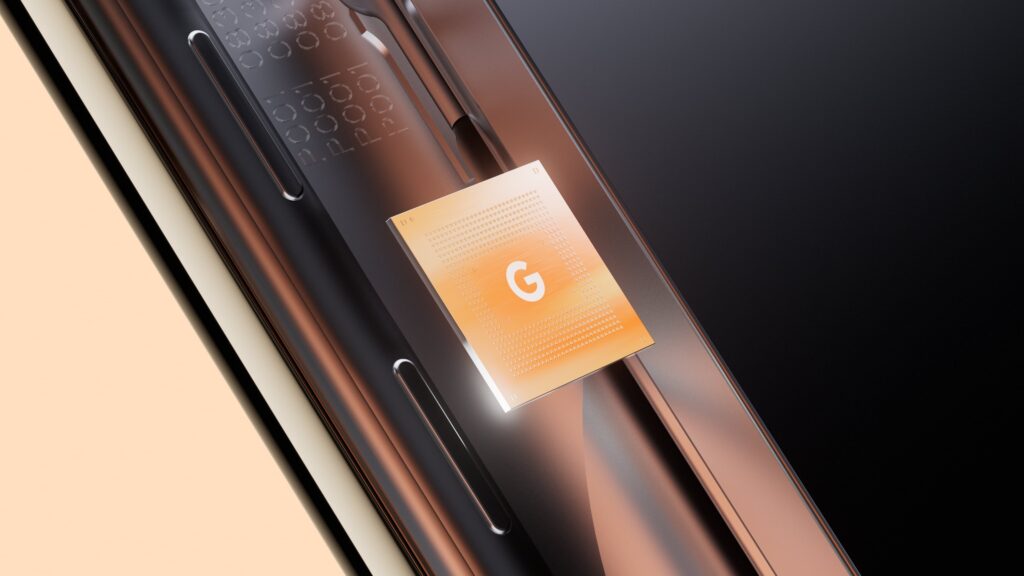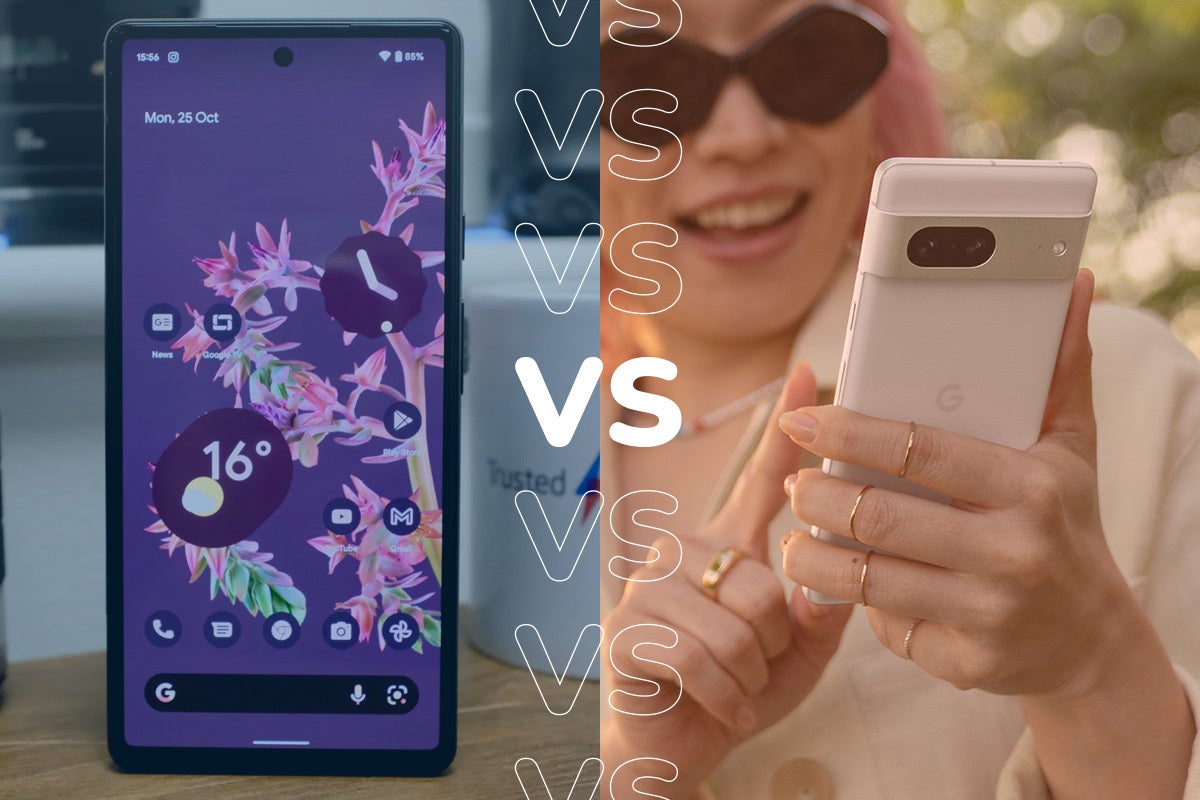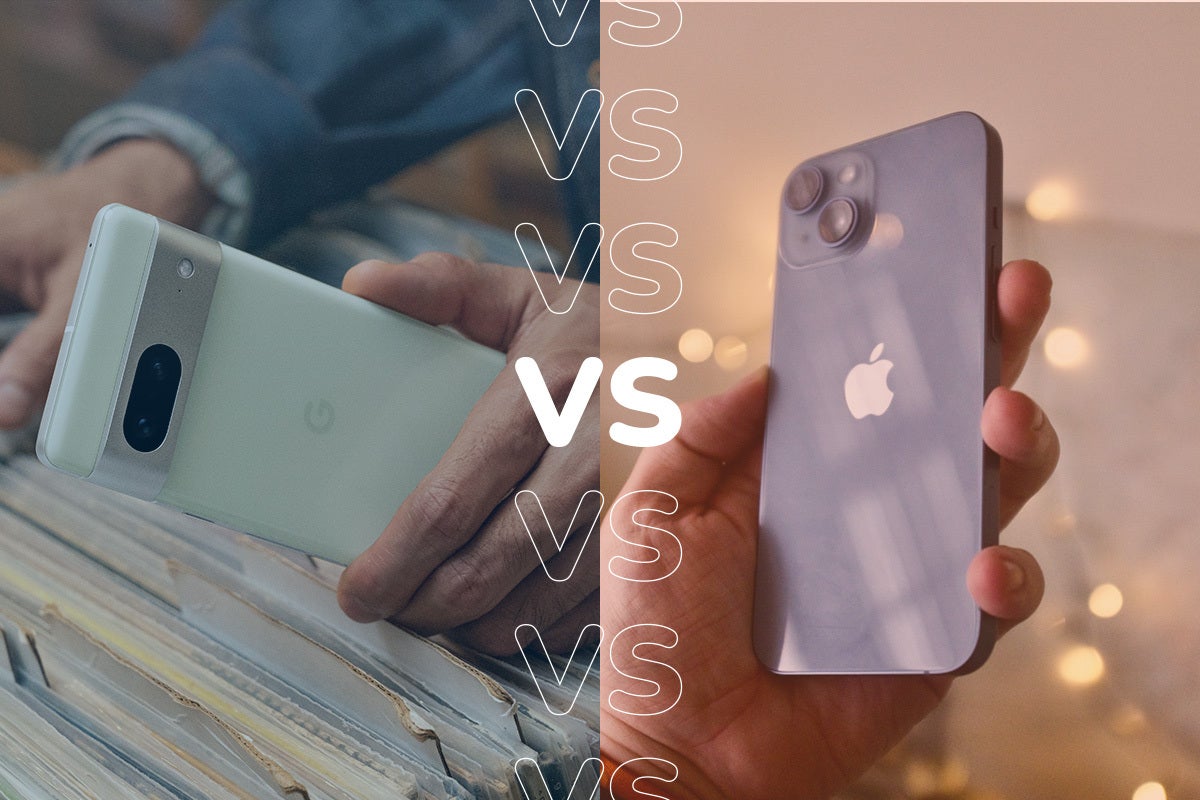Google Pixel 7 Pro vs Pixel 6 Pro: Which is best?

Google has unveiled its latest generation of smartphones, but how does the new flagship stack up compared to the old one? Here’s our assessment.
The Pixel series of smartphones are particularly well-known for their camera performances, elegant design, and handy software. But is the newest flagship really a worthy upgrade to its predecessor, or is it an unremarkable next step? Read on for the full lowdown based on our rigourous reviews of each of them, where we compare the screen, camera, performance, and more.
Design and Screen
We noted that the Pixel 6 Pro has a very “distinctive” design, with a black camera bar running across the rear of the handset. However, we did also find that it was fairly heavy (at 210g) and also prone to picking up smears from fingerprints due to its glossy reverse panel. On the plus side though, it does boast IP68 water resistance.
The Pixel 6 Pro also has an impressive 6.7-inch OLED screen, especially due to its 120Hz variable refresh rate which ensures both smoothness and efficiency.

The Pixel 7 Pro boasts a slightly revised version of this design, with a shiny metallic camera bar in place of the black one of its predecessor, and while we appreciated the new look, we didn’t much like the fact that it worked as a dust magnet.
Like its forerunner, this phone does boast an IP68 rating, while the big upgrade for the display is a higher peak brightness level, which makes HDR content even more entrancing to watch on the 6.7-inch screen. It retains the 120Hz variable refresh as well, so it’s nice and smooth, while the slightly curved edges on this phone make it just that bit easier to hold.
Camera
The camera is often the feature that’s most eagerly anticipated when each generation of new Pixel phone is announced, and this was certainly the case for both of the phones in this comparison.
We found that the Pixel 6 Pro performed very well in both regular and lowlight settings, with one particular strength being portrait photography. Colours are natural, autofocus is very swift to kick in, and photos taken at night lacked much distortion at all. The bokeh effect was highly reliable in blurring the background but leaving a subject’s face sharp and striking. Below are a few sample shots:



We were equally effusive about the performance of the Pixel 7 Pro’s camera system. There’s a reason for that; very little of the hardware has actually changed between the two generations. Once again, both portrait shots and night-time shots were among its strengths, while the ultrawide and zoom capabilities added some extra firepower into the camera’s arsenal. Take a look at some sample pictures below to see what you think:



Performance
The Pixel 6 Pro was, along with the Pixel 6, the first phone to run on Google’s own Tensor chipset. This was a major step for the brand, and we noted that it was competitive with Qualcomm’s newest mobile chipset at the time based on benchmarking tests, though we were most impressed with its abilities when processing images and pwoering software tricks such as Live Translate.

The Pixel 7 Pro runs on the second generation of this silicon, named the Tensor G2. While not the speediest around, it does still deliver performance that is nippy and smooth enough, and the phone also supports the Wi-Fi 6E standard for slicker connectivity.
Battery Life
The Pixel 6 Pro has a generous 5000mAh battery, and we generally found that it could get us through a day’s heavy usage. However, while most tasks do not consume much battery, there are some – including gaming and video playback – which are significantly draining, especially when running online. The Pixel 7 Pro, which has a similar capacity, offered very similar performance too in this regard.
Price
The starting price for the Pixel 6 Pro was $899/£849, while the Pixel 7 Pro kept the same UK pricing but has a US retail price of $849.
For both devices, we were pleasantly surprised that the entry point was lower than that for competing devices, such as the Samsung Galaxy S22 Ultra or iPhone 14 Pro, and we judged them to be good value for money. If you’re looking to snap up a Pixel 6 Pro now that it’s slightly cheaper, that would probably be a good idea.
Verdict
The Pixel 7 Pro is only a modest improvement on its predecessor, with upgrades including improved display brightness and a new processor. If you’re already using the Pixel 6 Pro then we don’t think it’s worth switching over, but if you’re new to the Pixel family then the Pixel 7 Pro is a highly attractive device that’s a smidgen more affordable than many other flagship phones while still packing in excellent features, especially its high-class camera.




